Tag: safety
-

What is Methane Slip in LNG Engines? Causes and Solutions
Methane Slip | Definition, Causes and How to Reduce Introduction The maritime industry has been moving towards greener shipping to reduce its carbon footprint for some time now. Along the way, we have seen many initiatives that can help us reduce our emissions by using cleaner fuel more efficiently. Some of these include shifting to…
-

SOLAS Chapters for Beginners | Summary, Parts, Regulations Explained
Solas Chapters for Beginners | Summary, Parts, Regulations Explained Introduction There are many dangers to life at sea. Fire, flooding, collision, grounding, heavy weather and drowning are some of the major ones. But there are many more minor dangers that can jeopardise the safety of life. The collision and subsequent sinking of the Titanic was…
-

The Fire Triangle and The Fire Tetrahedron: A beginner’s guide
Introduction Since humans first discovered how to start a fire, they have been looking for better ways to put them out. To that end, a lot of research has been carried out on multiple fronts to understand the nature of fire and how we can use that to gain mastery over it. Today, we look…
-
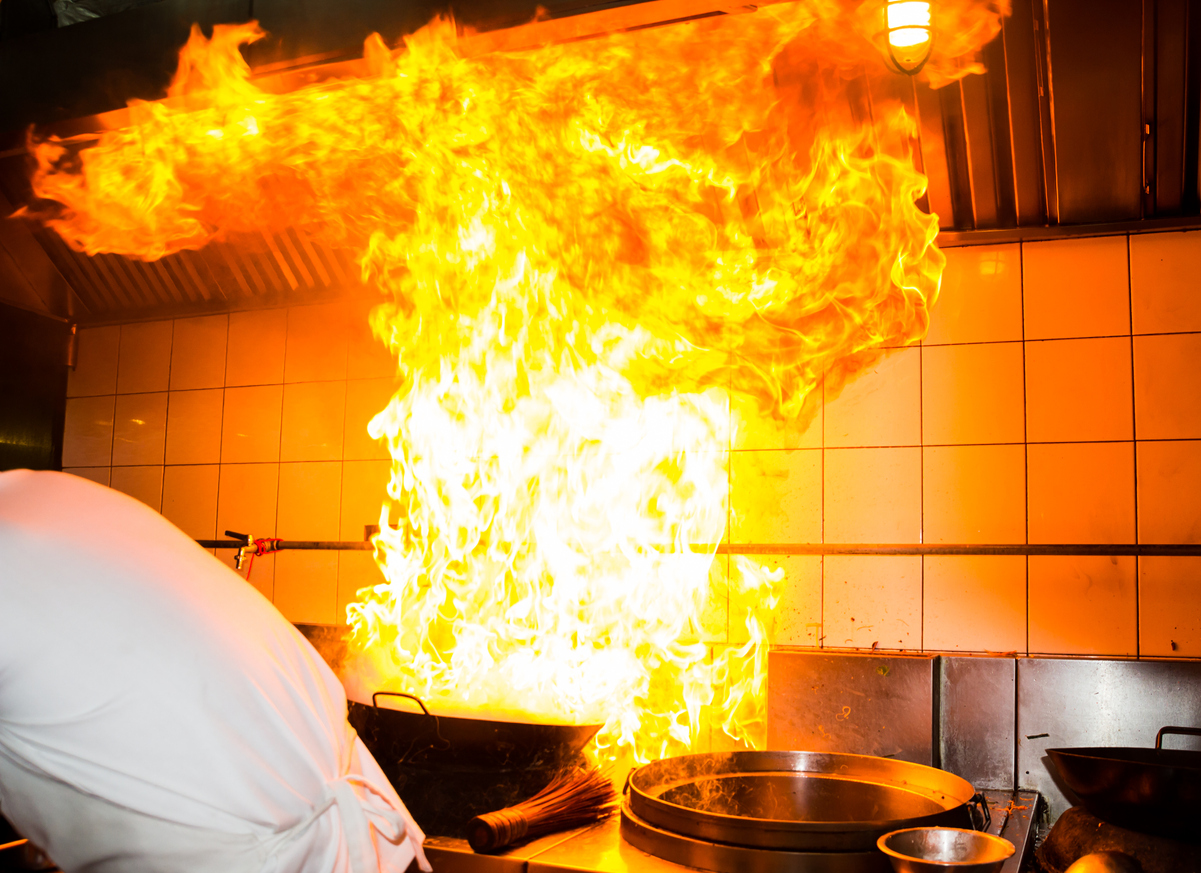
Classes of Fire as per ISO/NFPA and how to extinguish each
Introduction Fires occur when we least expect them to. They have the capacity to cause utter and complete destruction. When they occur, a quick reaction can not only save property but also lives. But to react in the right way, we must first learn what it is. A wrong reaction can cause much more destruction…
-
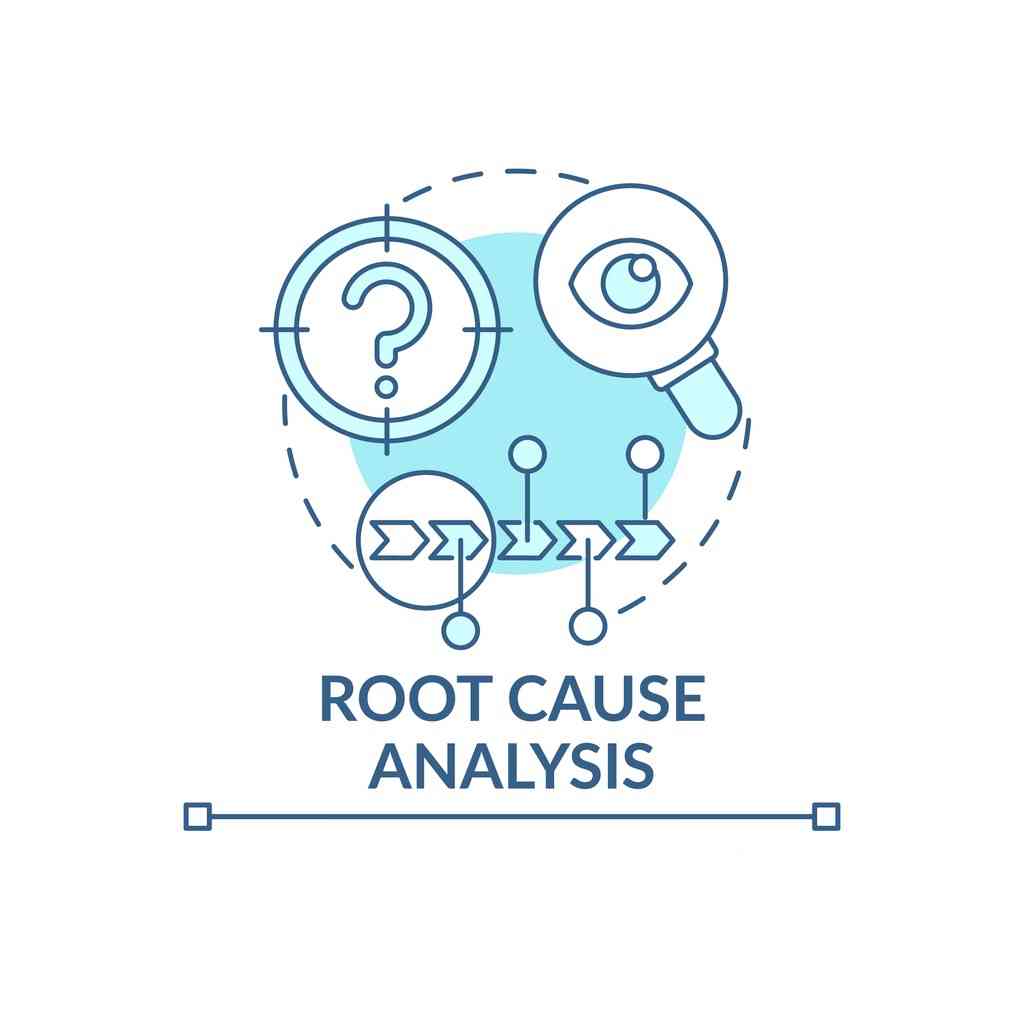
Root Cause Analysis | Definition, When to use, and How to do it
Introduction ‘Root cause analysis’ is a common term heard across a variety of industries today. Manufacturers developed this system in the 1950s for a better understanding of industrial events. For instance, Toyota invented the 5 Whys technique, a root cause analysis tool. Over time, root cause analysis has found use in industries such as safety…
-
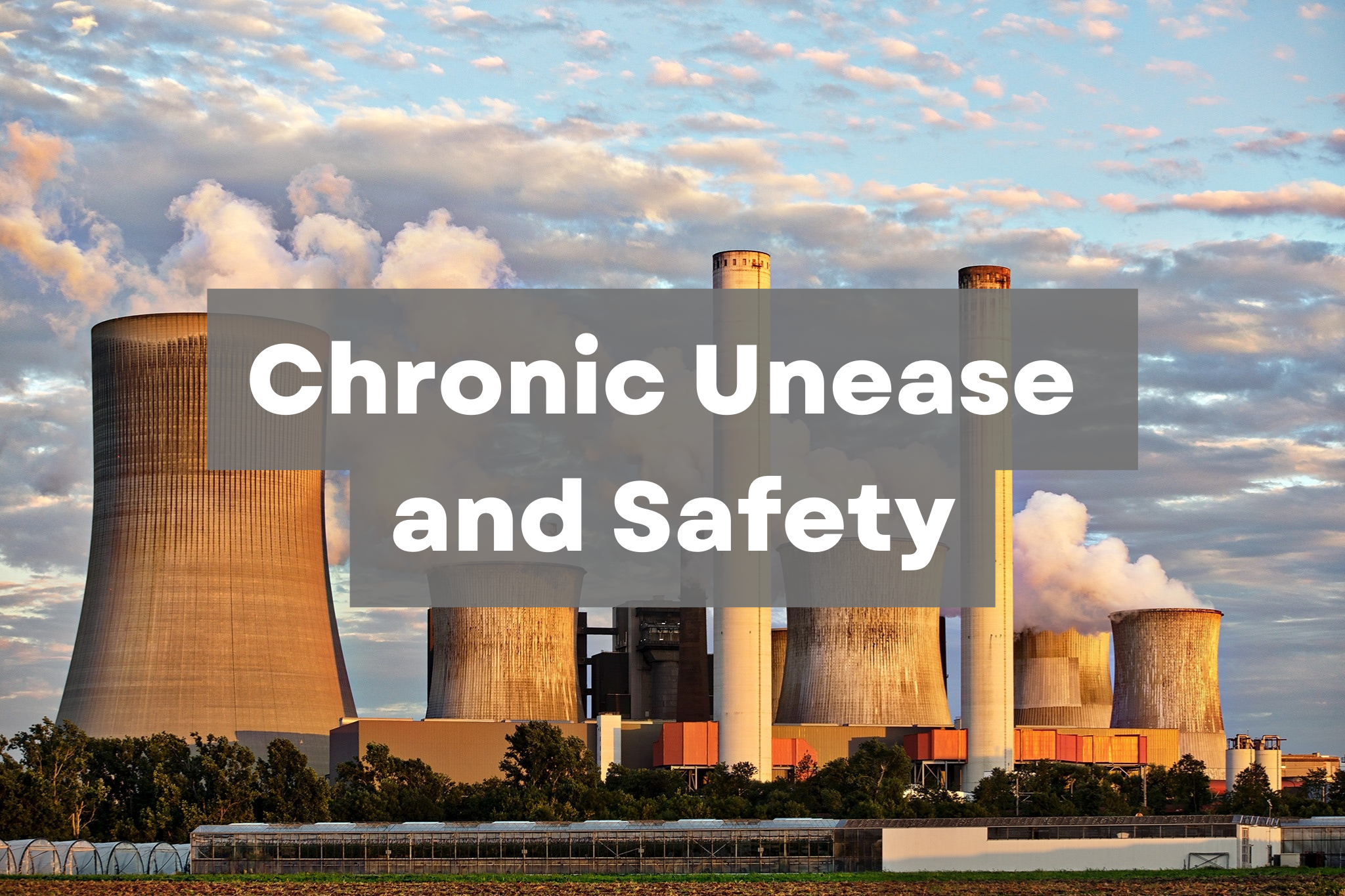
Chronic Unease Explained | Definition, Characteristics and Development
Chronic Unease Explained Introduction If you work in a dangerous industry such as oil and gas, mining or construction, chances are you have heard the term ‘chronic unease’ at some point. Although the term sounds like a serious medical condition, it is anything but that. In this article, we shall take a deeper look at…
-

Crankcase Explosion – Explanation and Prevention (With Pictures)
Crankcase Explosion – Explanation and Prevention (With Pictures) Introduction A crankcase explosion still remains a cause of concern in most large two and four-stroke engines. It is one of the most dangerous types of explosions that can occur in marine engines. It can claim lives as well as disable the propelling capacity of a vessel…
-
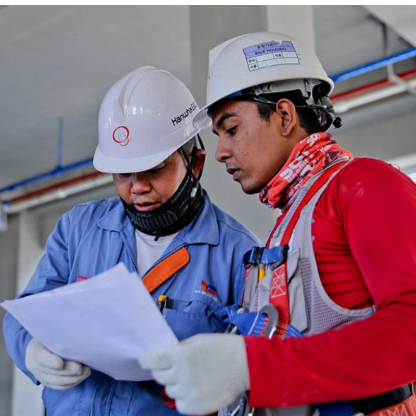
Toolbox talk for ships – Essential parts and execution
Introduction A ship’s crew works in a range of dangerous situations. The job schedule on ships includes many critical tasks such as enclosed space entry, tank cleaning, bunkering, working at height, working overboard, hot work and maintenance tasks on critical equipment. Even seemingly simple tasks like painting can become hazardous on ships when it has…
-
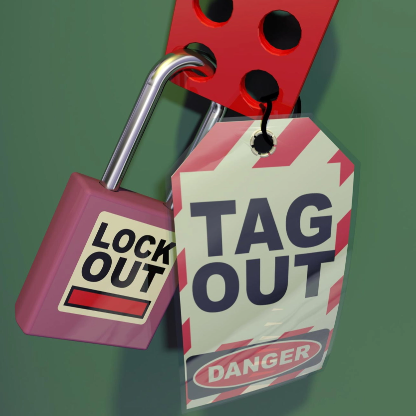
Lockout Tagout (LOTO): 6 Steps to Use it Effectively for Safe Ships
Introduction From routine maintenance to breakdown, seafarers work on hazardous machines and equipment every day. Examples of such hazardous equipment could be steam pipelines, diesel generators, turbines, blowers, compressors, auto-start machinery and live circuits. Every ship is mandated to mitigate risks and hazards from these equipment as they pose a real danger to human life…